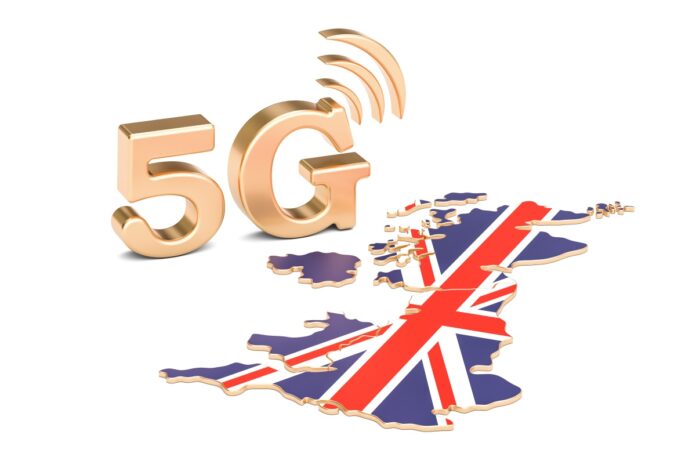Even old machines on IoT will have to move onto 5G
The UK Government has agreed with the UK’s big four mobile network operators (MNOs), Vodafone, EE, O2 and Three UK, to phase out 2G and 3G signals by 2033.
All parties to the agreement promise the extra resources, such as freed up spectrum, will be added to 4G, 5G and 6G services in future and will help improve mobile broadband. As part of the announcements the government set new targets for Open Radio Access Network (Open RAN) adoption.
Some 3G will be switched off earlier
However, EE plans to retire older 3G by the end of 2023. In September 2018 it said that 3G use was “nosediving” and it was planning to divert spectrum for use by LTE (long term evolution) as a gateway from 4G to 5G.
An EE spokesperson explained that “less than two per cent” of data over the EE network is now carried over 3G. “We have modern and growing 4G and 5G networks that perform better, are more secure and, in the case of 4G, is more widely available than older technologies,” EE said.
The EE speaker explained why it is ending support for 3G services relatively soon: “By moving customers away earlier, we will be able to realise the environmental benefits of closing inefficient network services sooner, as well as removing a key barrier to the future diversification of supply chains, something the UK government has set out as a clear priority.”
“Our policy will be to recycle wherever possible but too early to give details at this stage. Some of the 2G stuff we still use for 4G so that will still be of use,” said EE.
Diversify the supply chain for Open RAN
The government has also unveiled plans to nurture invention and expedite the creation of new variations of Open RAN technology.
Acting on the recommendations of advisors such as Dean Bubley, founder of Disruptive Analysis, one of the government’s objectives for Open RAN is to liberalise the supply chain for 5G, to stop it being dominated by a few suppliers.
The UK’s Telecommunications Security Act now forms part a £250 million government diversity strategy to create a buyer’s market for network builders.
The government and MNOs aim to run 35 per cent of the UK’s mobile network traffic over Open RAN by 2030, the government announced.
Sonic boon
The government has also put up £36 million to fund 15 projects for experimental new technology and £15 million for a prototype testing facility, Sonic Labs, that will test new equipment types in London and Brighton.
Hamish MacLeod, director of Mobile UK, the official voice of the UK’s MNO’s, said switching off 2G and 3G will enable operators to transition into energy efficient, high capacity networks. “We are also working with government and wider industry to support the maturity of new RAN solutions to open up further opportunities for innovation and new services in the future,” said MacLeod.
Older IoT still uses 2G
Phil Sorsky, senior international VP at infrastructure manufacturer CommScope, welcomed the idea of freeing up spectrum for more advanced uses. Sorsky predicted that voice communication will evolve to be ‘just another service app’ anyway, delivered over the underlying digital bearer services provided by the 4G (VoLTE/VoIP) and 5G networks.
Restaurants and smart meters are the users of the Internet of Things (IoT) most likely be affected by the loss of 2G and 3G. “There are machine-to-machine users out there with very old 2G or 3G SIM cards inside. The inconvenience is more for these installed bases of devices rather than your elderly relatives not being able to use their phones,” said Sorsky, “2033 is a long way off and any people using 3G today could on 6G by then.”



